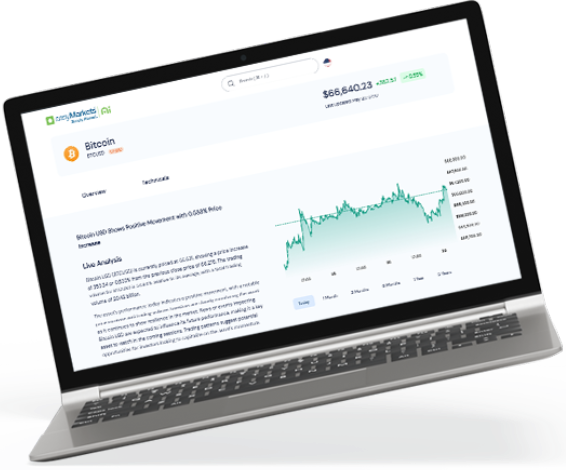How to Apply and Trade RSI Support & Resistance
RSI readings are shown on a scale of 0 to 100, where above 70 indicates the “overbought zone”, while readings below 30 indicate the “oversold zone”.

What separates amateur and professional traders is the fact that professionals make use of various trading strategies to maximize profits and minimize losses. One such strategy is known as the Relative Strength Index (RSI). The RSI methodology was coined by an American mechanical engineer named J. Welles Wilder in June 1978.
One of the most prominent technical indicators in the market, RSI is calculated on the basis of the velocity and direction of a commodity’s price movement. This means that the RSI indicator is responsible for measuring the commodity’s true potential. However, it is important to know that RSI is an oscillator that not only helps in measuring the commodity’s internal strength, but also gives a detailed set of information about trends, based on past movements.
Key Advantages of Using the RSI
This powerful indicator is used by professional traders across the globe for both short-term and long-term trading strategies. Apart from indicating the overbought and oversold levels, RSI signals also aid decision-making and may allow traders to efficiently determine entry or exit points, based on the state of the financial market. They are basically buy and sell signals that give insight into general price movements, price reversals and trends. On the basis of the data provided by implementing RSI, traders may make informed trading decisions.

Why is RSI So Popular Among Traders?
Simply put, professional traders use RSI for two main purposes: to predict and to alert.
Predict:
RSI can be used to predict the future course of price movements.
Alert:
RSI also alerts traders about general price movements, thereby may enabling them to make better decisions on the basis of the readings.

Keep in Mind When Using the RSI Indicator
The most common mistake made by traders is that they ignore the price action of a particular commodity and only rely on the indicator itself. It is important to know that RSI indicators are not a direct representation of the price action. Despite being buy and sell signals, RSI could be used in conjunction with trend lines and other technical analysis tools to prevent false buy and sell signals. This is mainly because at times, a sudden surge in price movements may generate false buy and sell signals, thereby making traders take hasty decisions that may end up proving wrong.
How to Trade Using RSI Indicator
The RSI is calculated on the basis of the formulae given below:

RS = Average Gain /Average Loss
The basic components of the RSI are RS and Average Gain and Average Loss. As explained by Wilder in his book, RS computing is mapped on a 14-day cycle that is set as a default. Here, losses are not considered as negative values but as positive.
Calculation 1 – Average gain and average loss on the default 14-day cycle:
- First Average Gain = Sum of Gains over the past 14 periods / 14
- First Average Loss = Sum of Losses over the past 14 periods / 14
Calculation 2 and thereafter – Based on the previous averages and the current gain/loss:
- Average Gain = [(previous Average Gain) x 13 + current Gain] / 14
- Average Loss = [(previous Average Loss) x 13 + current Loss] / 14
Using prior value plus current value is a simplifying system, similar to that used in exponential moving average calculations. The RSI values become more accurate as the calculation period extends. Sharp Charts uses at least 250 data points before the commencing date of any chart (assuming that much data exists) when calculating its RSI values. To exactly replicate RSI numbers, a formula will require at least 250 data points.

What Are Support and Resistance Indicators?
The price level at which demand is considered to be in a favourable position to curtail the price from decreasing further is called Support. On the other hand, the price level at which selling is considered to be a favourable position to curb the price from increasing further is called Resistance.
The Final Verdict
Nowadays, there are loads of indicators being created almost every week. But the RSI indicator remains undoubtedly might be considered as the most reliable and beneficial one, providing traders with a detailed analysis related to general price movements, price reversal, and trend lines, along with insight into the demand and supply scenario. Before trying your hand at these indicators, however, it is advisable to become well-versed with its intricacies and technicalities, so as to prevent any mistakes or uncalculated moves.














